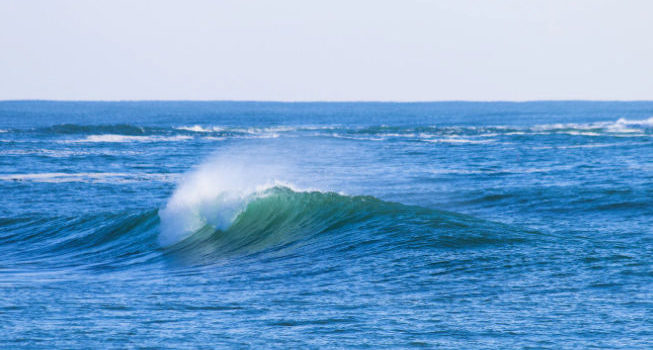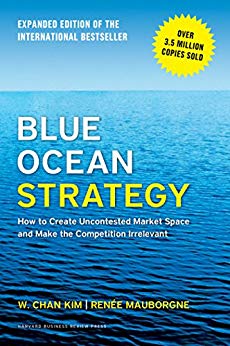

This article is an excerpt from the Shortform summary of "Blue Ocean Strategy" by W. Chan Kim and Renee Mauborgne. Shortform has the world's best summaries of books you should be reading.
Like this article? Sign up for a free trial here .
How does the Four Actions Framework help you build your Blue Ocean Strategy? Learn the Eliminate-Reduce-Raise-Create grid here.
The Four Actions Framework
To create a distinct curve on your strategy canvas, think about four questions:
- What factors does the industry take for granted that should be eliminated?
- What factors should be reduced below industry standards?
- What factors should be raised above industry standards?
- What factors should be created that the industry has never offered?
The first two questions of the Four Actions Framework force you to find factors that overserve customers, forcing them to pay for more than what they want. This is counterintuitive because there’s often a natural tendency to simply imitate competitors. Eliminating these simplify your business model and reduce costs.
The second two questions of the Four Actions Framework encourage you to lift buyer value and give them more of what they want. New factors offer entirely new experiences and create new demand.
Eliminate-Reduce-Raise-Create Grid
The results of the Four Actions Framework can then be summarized on an Eliminate-Reduce-Raise-Create Grid. Here’s Cirque du Soleil’s:
| Eliminate Star performers Animal shows Aisle concession sales | Raise Price Unique venue |
| Reduce Fun and humor Thrill and danger | Create Theme Refined environment Multiple productions Artistry |
A good blue ocean strategy has items in each of the four grids. By creating this plot, you can find imbalances in your strategy, such as only raising and creating (which leads to overengineering and “trying to be the best”) or only eliminating and reducing (which leads to mere price competition).
A good blue ocean strategy:
- Focuses on a few factors, instead of spreading itself thin across many.
- Diverges from competition, instead of imitating it.
- Can articulate its strategy with a clear tagline.
———End of Preview———

Like what you just read? Read the rest of the world's best summary of "Blue Ocean Strategy" at Shortform . Learn the book's critical concepts in 20 minutes or less .
Here's what you'll find in our full Blue Ocean Strategy summary :
- What blue oceans are, and how you create one for your business
- Why some businesses succeed in creating blue oceans, and why others fail
- The red ocean traps you have to avoid if you want business growth






